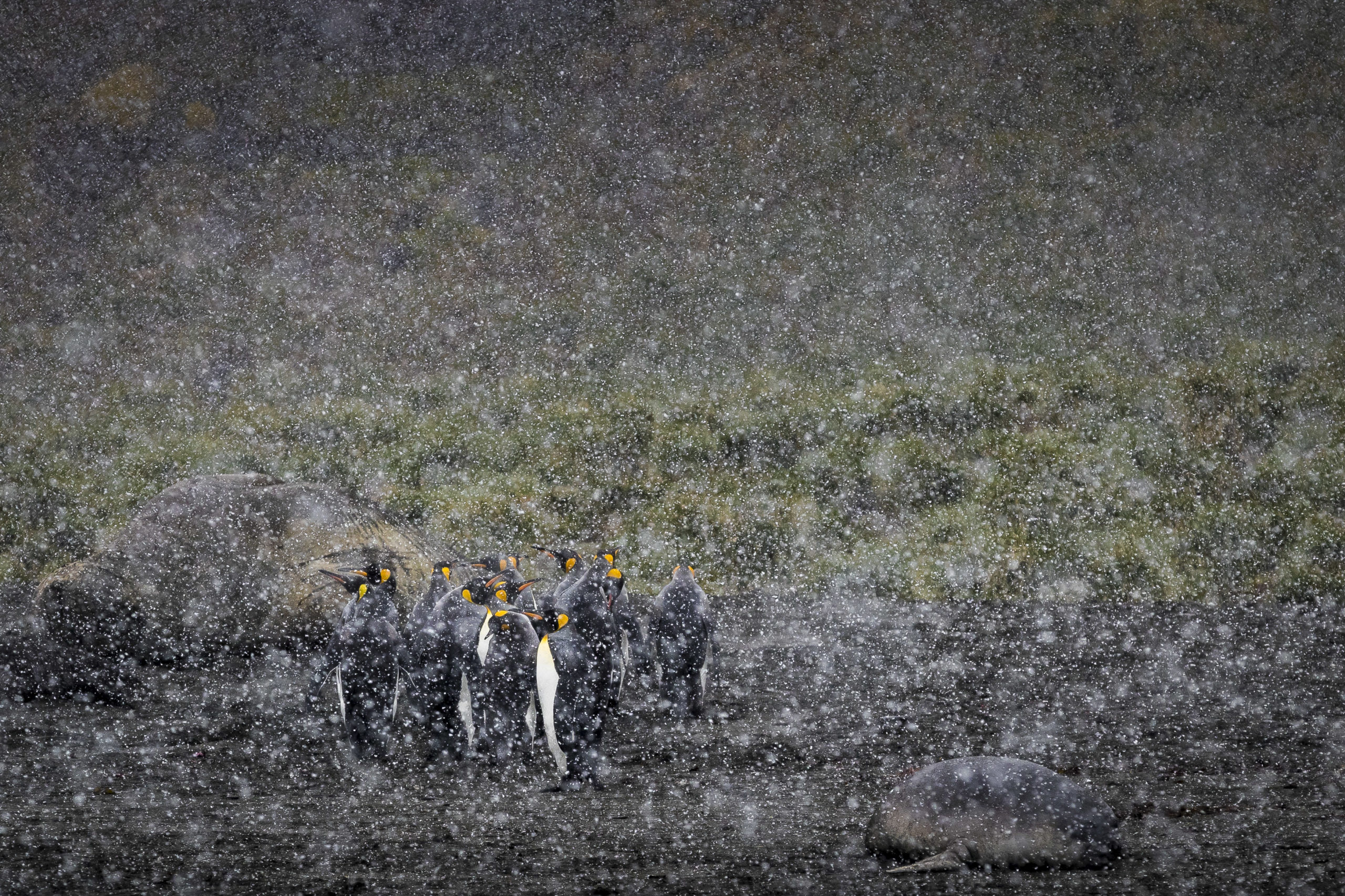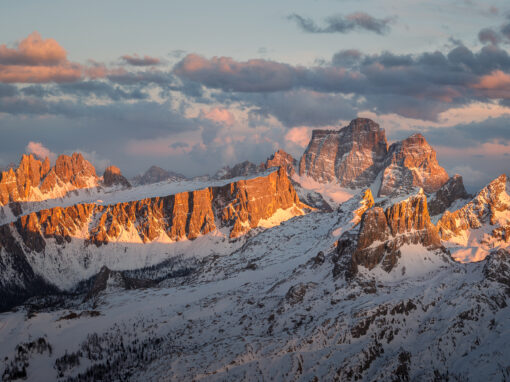Rob Wilson examines the work of Richard I’Anson and how his images create connections with the world around us.
The latter half of the 1990s was not a great time for me. I had quit a job due to a bout of depression, and subsequently spent many months messing around doing little of any use to anyone. Eventually, I managed to get a job. I was happier but unfulfilled. However, a chance conversation with a co-worker on a temporary contract changed everything. My colleague told me that he was working to pay for a long trip to India and suggested that I consider doing something similar. At his prompting, I spent that day’s lunch hour in the local library looking at travel guides.
The guidebooks that most caught my eye were the ubiquitous Lonely Planet series, and what struck me was the fact that they used far more photography than their competitors. Now, many of those photographs were, frankly, awful and were little better than the family-decapitating snapshots that my grandmother used to take. However, one photographer’s work shone above all the others. His images were beautiful and conveyed the sense of place wonderfully. That photographer was Richard I’Anson.
Lonely Planet had provided I’Anson with his big break in the early 1990s when a change of editorial policy meant that the company began to look beyond images provided by Tony Wheeler, who had co-created the publication with his wife Maureen in the early 1970s, or the authors of the books themselves. During a two-year sojourn through Asia, I’Anson had accumulated an impressive collection of slides that put him in prime position to become the publication’s main supplier of images.
His impact on me was not limited to the images in the guidebooks (which did, in fact, lead me to go travelling). When I started to become more serious about my own work, it was the first edition of his book Lonely Planet’s Guide to Travel Photography that I studied in an effort to improve my images. Improve I did and the lessons from that book remain with me to this day. That book, still in print twenty years later and updated to account for photography’s digital revolution, is now in its 5th edition and available in other languages, including Spanish, Italian and Dutch.
When you look through I’Anson’s images on his website, you can see that his best work is imbued with a humanistic message combined with a reverential regard for our planet. His camera is fair and democratic in its treatment of his fellow humans; you will find no ‘picturesque poverty’ or cliched lifestyle aspirationalism that blights so many travel photography portfolios. Humanistic photography is not, for some commentators, necessarily fashionable these days, but for me, it occupies a critical place in photography’s grand canvas; it connects us to our fellow human beings regardless of background. Perhaps it can be argued that this idea is somewhat cliched, but in our fractured and increasingly polarised world anything that emphasises our shared humanity is a worthwhile endeavour. Throughout his work, I’Anson creates these connections, and his human subjects are never reduced to mere objects for our gaze. In addition, the images of the natural world show us the planet’s beauty and fragility. This is a photographer who cares deeply about our environment and he wants you, the viewer, to care as well.
His approach to photography is effectively illustrated in the documentary series Tales by Light which can be found on Netflix. He is a man in the middle of the action, and this comes through perfectly in our first featured image (see above): Women celebrating Huranga Holi at Baladev Dauji Temple, Mathura, India.
This is a picture that draws you in and asks you to join in with its story. You can almost feel the celebratory Holi paint flying around in this image. Having been to a Holi celebration in Kolkata, I am fully aware of how chaotic, fun, and messy it is. (In fact, the paint took over three days to come off my face and the scrubbing left bruises and scabs.) Ones does wonder how long it took I’Anson to clean his camera after this photoshoot and whether it ever worked properly again. Consideration of these conditions makes this capture even more remarkable. The colours are striking and the atmosphere completely engaging, but it is the gaze of the woman on the right, who almost confronts the camera, that makes this a particularly special image; she brings order to the chaos. There is little surprise that this is the first image you encounter on the gallery pages of I’Anson’s website.

The second image again illustrates I’Anson’s ability to draw the viewer into the story of the image. King penguins in snowstorm brings us to a freezing South Georgia, one of the most remote spots on the planet. It is the clever emphasis on the penguin’s yellow plumage that makes this photograph. It pulls you to them and stresses their stoic solidarity; these animals are in this together. I find myself almost cheering for them in their apparent search for relief from the snow. I want them to keep warm. The barely distinguishable seal in the bottom right seems far less equipped to deal with the conditions and, for a moment, invokes sympathy, but your gaze soon returns to the penguins. This is not only a beautiful image, it also demonstrates I’Anson’s versatility as a photographer. Whether photographing human subjects or the natural world, there is the same emphases on precision and striking composition.

The third image shows the Zanskar mountains in the Markha Valley in the Indian region of Ladakh. Ladakh is one of the world’s great travel destinations. The landscape is stark, its people hardy and welcoming. This valley is remote, beautiful, and extremely high: treks here frequently cross five thousand metre passes. The layers of mountains emphasise that this is not a place where nature is soft and welcoming. The combination of the dramatic lighting on the mountains and the atmospheric clouds marks this place as sublime. This photograph does real justice to this inhospitable landscape.
I’Anson’s work is of a standard that most would only dream of achieving. His compositions are consistently beautiful and employ precision and understanding in their execution. Spending time with his portfolio has taken me back to places that I have visited and loved, transported me to new destinations, and reminded me that we all share the same pale blue dot floating in the Milky Way. His world is a remarkable one and I wholly recommend a visit.
RICHARD I’ANSON
WEBSITE
INSTAGRAM





Randy
September 22, 2020 at 00:44
Enjoyed the story and look at his work.
Robert Wilson
October 5, 2020 at 22:37
Good stuff!
Nigel Walker
September 27, 2020 at 15:42
Thanks for introducing me to this work. I have seen it in Lonely Planet but not thought about it in this way. 🙂
Robert Wilson
October 5, 2020 at 22:37
Great!
Jane
October 12, 2020 at 12:38
Really interesting to read about l’Anson and the evolution of LP’s photography. Agree with your assessment of the importance of humanist photography,; well said !
Robert Wilson
October 12, 2020 at 23:17
Thank you Jane!